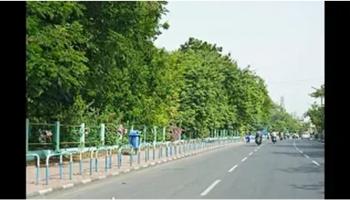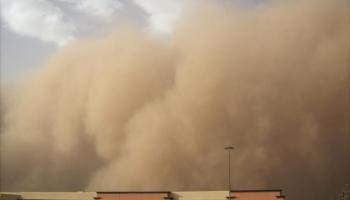Water Management
Replacing rice could help India reduce water use'
Posted on 10 Jul, 2018 10:23 AMIndia could address its water, food security by replacing rice cultivation: Study

“Agriculture alone cannot provide for our teeming millions.”
Posted on 06 Jul, 2018 03:15 PMIn India, although we have approximately four months of monsoon (which is basically 45 days of effective rainfall), in drought prone areas, there are only 10-15 days of harvestable rain in the entire season. If you don't get enough rain during those days, it's a cause for worry.

Short Term Course on Advances in Urban Water Engineering and Management at IIT Bombay
Posted on 05 Jul, 2018 07:37 PMUrbanization has posed challenge on water resources in cities. Both the water quantity shortage and deteriorated water quality are the prevailing issues in the cities. Physical losses and non-revenue water are the major concerns of water supply systems in cities.
The politics of groundwater
Posted on 04 Jul, 2018 12:15 PMA growing demand for water implies the need for an improved understanding of our resources, and the ability to manage that demand in an equitable and sustainable way.
Wells, not dams, have been the temples of modern India

GIS and Mapping (Basic Skills Course) for NGO workers & Development professionals by Water & Livelihoods Foundation (WLF)
Posted on 27 Jun, 2018 03:30 PMHIGHLIGHTS
When solving one health problem triggers another
Posted on 27 Jun, 2018 02:17 PMUp until two decades ago, the main sources of drinking water in Rajasthan included surface water from perennial ponds, reservoirs, lakes, dams, rivers and streams with borewells and tubewells used sparingly and only in remote areas. All this changed when guinea worm infections started appearing in the state.

Teesta: Stuck between conflict and cooperation
Posted on 20 Jun, 2018 10:25 AMRiver Teesta originates at Tso Lamo, Sikkim, flows through West Bengal and then enters the Rangpur division in Bangladesh.

Niti Aayog lauds Gujarat's water management
Posted on 19 Jun, 2018 10:49 AMGujarat tops Niti Aayog's composite water management index

Green toilet in my backyard
Posted on 18 Jun, 2018 03:39 PMUntreated sewage is the biggest source of water pollution in India with around 70 percent of the raw sewage generated in urban areas entering lakes, rivers, seas and underground aquifers.

Alwar homes, farms and factories fight for water
Posted on 07 Jun, 2018 11:46 AMLewari, a village located around 17 km from Alwar in Rajasthan, is the site of a water conflict these days. “The production of Jayanti jaljeera, haazme ka lalantop drink (a digestive drink) has left our village parched,” says Nanak Singh, a resident.








